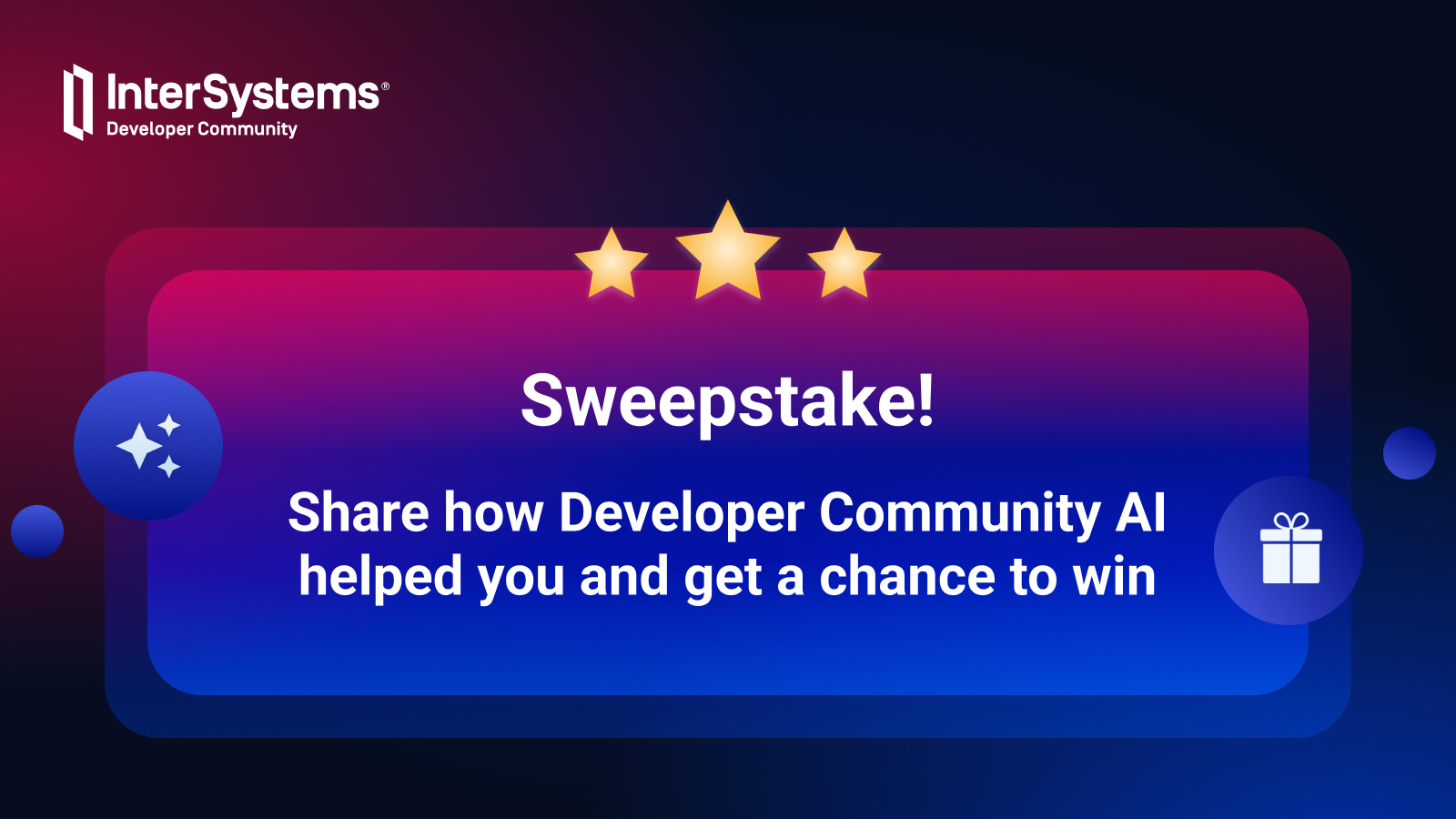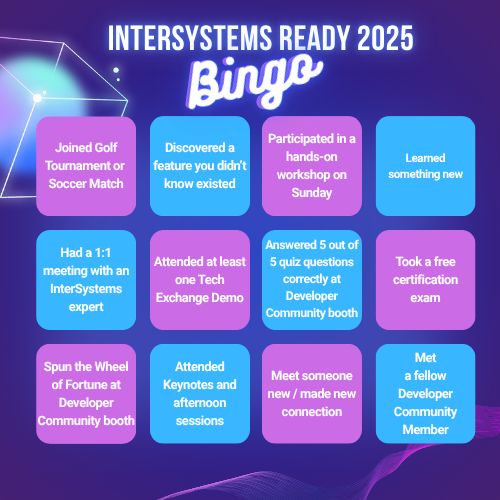Here’s a special thread where you can tell a bit about yourself — because connecting and learning more about each other is what makes this community great 💬✨
We had a similar discussion on our old Global Masters platform — you might remember! We’re excited to bring that networking opportunity back to the community.


.png)
